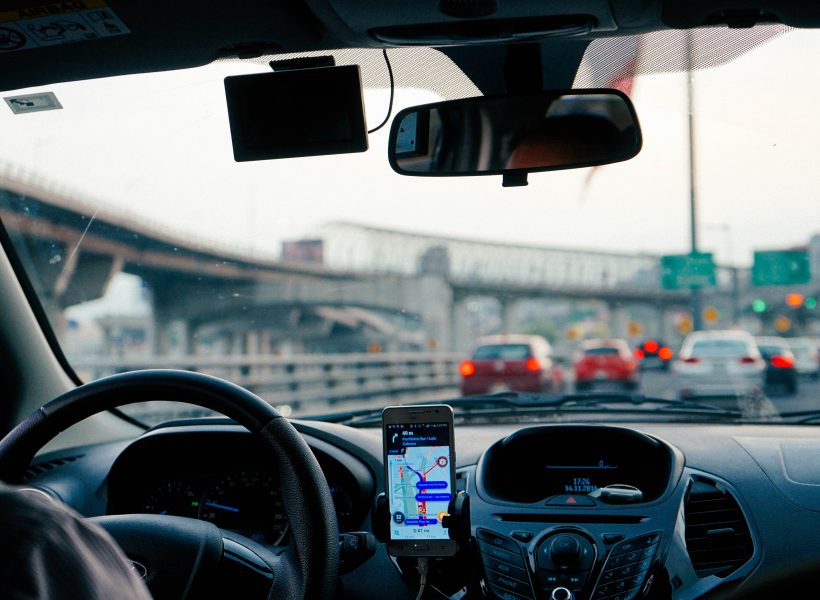Keeping your team motivated while they work remotely is a widespread concern of many companies. We have all heard about the benefits of remote work for employees and employers. Better work-life balance, less time spent in traffic, more flexibility and less money spent on overhead fees are some of the important advantages. However, with all its benefits, there are some drawbacks to remote work as well. With no direct face-to-face communication, it may be much more difficult to build a strong bond with your team members.
If you’re wondering how you can successfully keep your remote team motivated, here are a few great ideas to try out.
Make work engaging
The most powerful way to do this is to give people the opportunity to experiment and solve problems that really matter. Make sure that every single person on your team feels like they have a challenge that they can help solve. First, you need to show to your employees that you care about their motivation. Have a discussion about what drives their motivation up or down, and what helps maximize it. Second, make sure that your weekly routines include a blend of planned work and adaptive performance where experimentation plays an important role.
Maintain effective communication
Ineffective communication is one of the main reasons why employees get frustrated with their work. While email is effective for most business functions, it has some downsides when comes to internal communication in a remote work environment. To be more efficient, you should pick a functional platform that makes it possible to communicate and share information in real time and do everything from a single app.
Set clear goals and communicate them
Managers must make it a priority to establish clear goals with remote employees and track them. Instead of expecting employees to spend certain number of hours per day, set goals that they have to achieve for a certain work period. You will not have to keep looking over their shoulder to see if they are really working. All you need to know is whether they have achieved their goals.
Reward and recognize employee efforts
Positive reinforcement can be a great way to motivate your employees. This will show employees that their hard work is paying off and they’re not working on something that will go unrecognized. There are plenty of ways in which you can reward deserving employees; bonuses, raises and promotions to name a few.
Maintain and cultivate culture
Make time for water cooler moments. Continue with team-building activities like happy hours, team lunch, coffee breaks, and team games. Except that now you will need to do them via video call. This will drive enthusiasm across the company while you are all working remotely. The bottom line is that your remote team needs to have ways to bond about things unrelated to work.
To motivate your remote team it is vital that you keep these strategies at the forefront of your business plan. Keep in mind that you can not force employee motivation and it does not happen overnight. However, if you continually utilize these engagement strategies you will likely drive remote employee motivation during these turbulent times.
Stay on top of things and learn more by clicking here.





